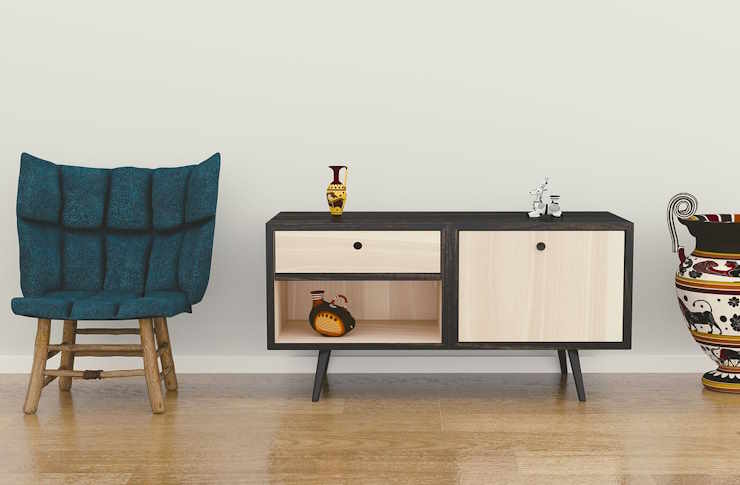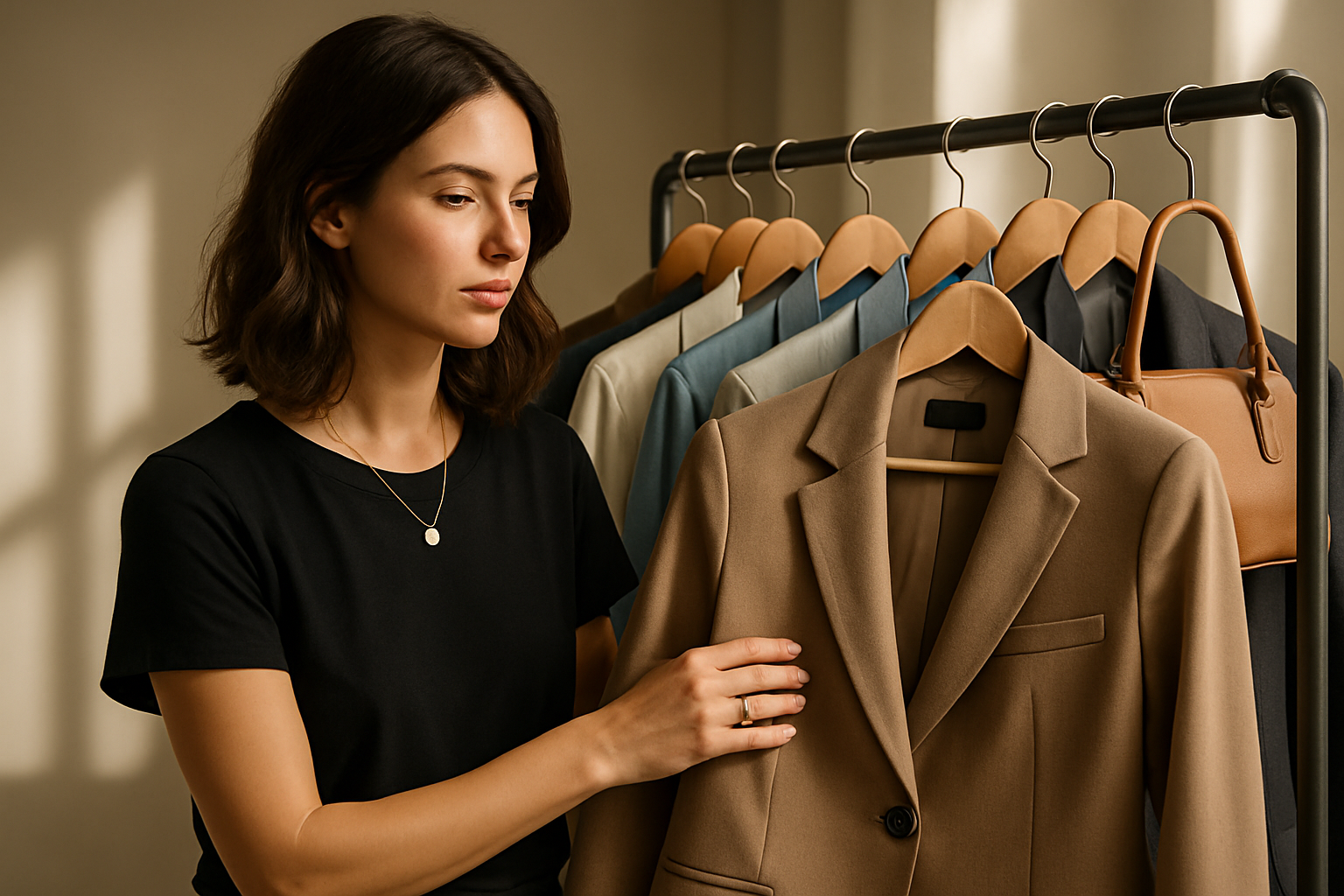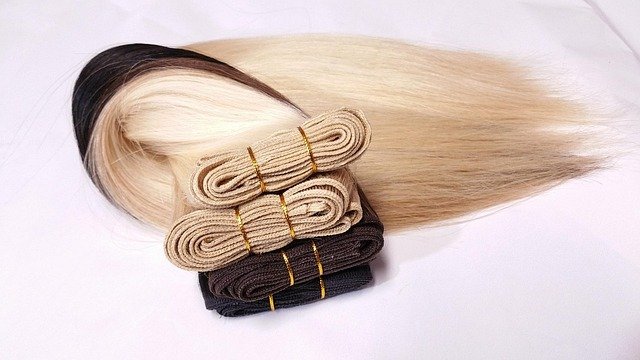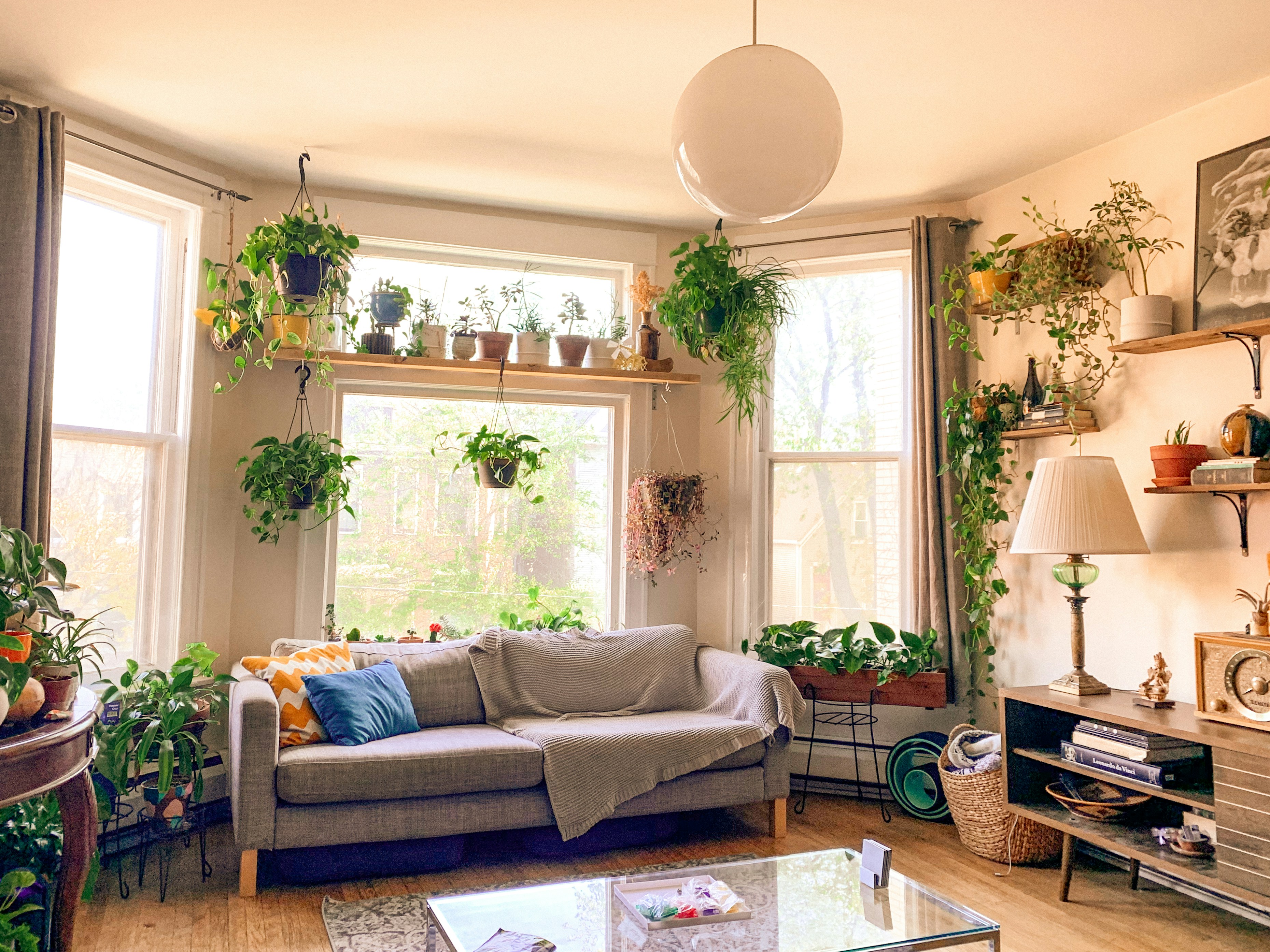Neuroaesthetic Fashion: Where Brain Science Meets Style
In a world where fashion constantly evolves, a groundbreaking trend is emerging at the intersection of neuroscience and style. Neuroaesthetic fashion, a revolutionary approach to clothing design, is captivating the industry by leveraging scientific insights into how our brains perceive and respond to visual stimuli. This innovative concept is reshaping the way we think about personal style, challenging traditional notions of beauty, and opening up new possibilities for self-expression through clothing.
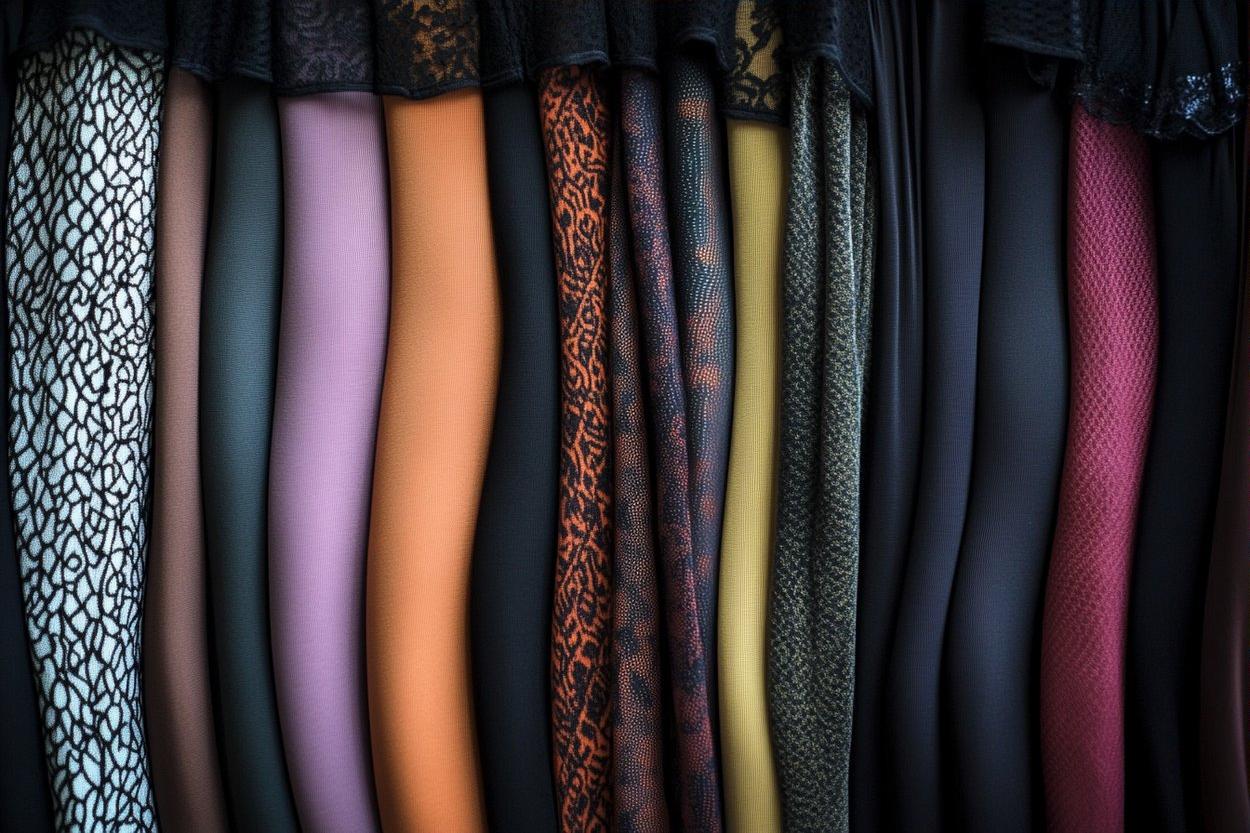
The Science Behind Neuroaesthetic Fashion
At its core, neuroaesthetic fashion is rooted in the study of how our brains perceive and respond to visual stimuli. Neuroscientists have long been fascinated by the way our brains process beauty, and this research is now being applied to clothing design. Key principles of neuroaesthetics, such as symmetry, balance, and contrast, are being incorporated into garments to create pieces that are inherently appealing to our neural circuitry.
One of the most intriguing aspects of this approach is its focus on the subconscious. By designing clothes that resonate with our brain’s innate preferences, neuroaesthetic fashion aims to create a deeper, more instinctive connection between wearer and garment. This could potentially lead to a more satisfying and confident wearing experience, as the brain responds positively to the visual cues presented by the clothing.
Mood-Enhancing Designs
Perhaps one of the most exciting applications of neuroaesthetic fashion is its potential to influence mood and emotional states. Designers are exploring how different colors, patterns, and textures can stimulate the production of neurotransmitters associated with positive emotions. For example, garments featuring specific shades of blue have been shown to promote feelings of calm and relaxation, while certain geometric patterns can boost energy and focus.
This mood-enhancing aspect of neuroaesthetic fashion opens up new possibilities for therapeutic clothing. Imagine a wardrobe that not only looks good but also helps manage stress, improve sleep quality, or increase productivity. As research in this area continues to evolve, we may see a new category of wellness-focused fashion emerge, blending style with mental health benefits.
The Role of Texture and Sensory Experience
Neuroaesthetic fashion extends beyond visual appeal to incorporate tactile elements as well. The sensation of fabric against skin plays a crucial role in our overall perception of clothing, and designers are now paying close attention to the neurological responses triggered by different textures. Fabrics that provide a pleasant sensory experience can activate the brain’s reward centers, potentially enhancing the wearer’s overall satisfaction with their outfit.
Some designers are experimenting with innovative materials that change texture in response to body temperature or movement, creating a dynamic sensory experience throughout the day. This focus on the tactile aspect of clothing not only enhances comfort but also adds an extra dimension to the fashion experience, engaging multiple senses simultaneously.
Customization and Personal Neuroaesthetics
As our understanding of neuroaesthetics grows, so does the potential for personalized fashion experiences. Advanced brain imaging techniques could potentially be used to map individual neural responses to different visual stimuli, allowing for the creation of truly bespoke clothing designed to resonate with each person’s unique brain patterns.
This level of customization could revolutionize the concept of personal style, moving beyond traditional considerations of body type and color preferences to incorporate neurological factors. Imagine having a wardrobe tailored not just to your physical dimensions, but to your brain’s specific aesthetic preferences and emotional needs.
Ethical Considerations and Future Directions
As with any emerging technology, neuroaesthetic fashion raises important ethical questions. There are concerns about the potential for manipulation or exploitation of consumers’ subconscious preferences. As this field develops, it will be crucial to establish guidelines and regulations to ensure that neuroaesthetic principles are used responsibly and transparently in fashion design.
Looking ahead, the future of neuroaesthetic fashion is bright with possibility. As our understanding of the brain’s response to visual and tactile stimuli continues to grow, we can expect to see even more innovative applications in the fashion world. From clothing that adapts to our emotional states in real-time to virtual reality fashion experiences designed to stimulate specific neural pathways, the potential for merging neuroscience and style is virtually limitless.
Embracing Neuroaesthetic Fashion: Tips for the Style-Conscious
-
Experiment with symmetrical patterns and balanced color schemes to tap into your brain’s inherent aesthetic preferences
-
Incorporate textures that provide a pleasant tactile experience to engage multiple senses
-
Choose colors based on the mood you want to cultivate - cool blues for calm, energetic reds for motivation
-
Pay attention to how different garments make you feel emotionally, not just how they look
-
Consider the lighting conditions where you’ll wear an outfit, as this can affect how your brain perceives colors and patterns
-
Explore garments with dynamic elements, such as color-changing fabrics, to keep your brain engaged and stimulated
-
Don’t be afraid to mix traditional styles with neuroaesthetic principles for a unique, brain-friendly look
In conclusion, neuroaesthetic fashion represents an exciting frontier in the world of style, offering a fresh perspective on how we think about and interact with clothing. By harnessing the power of neuroscience, this innovative approach has the potential to create garments that not only look good but also positively impact our mental and emotional well-being. As research in this field continues to advance, we can look forward to a future where fashion and brain science work hand in hand to enhance our daily lives through the clothes we wear.


